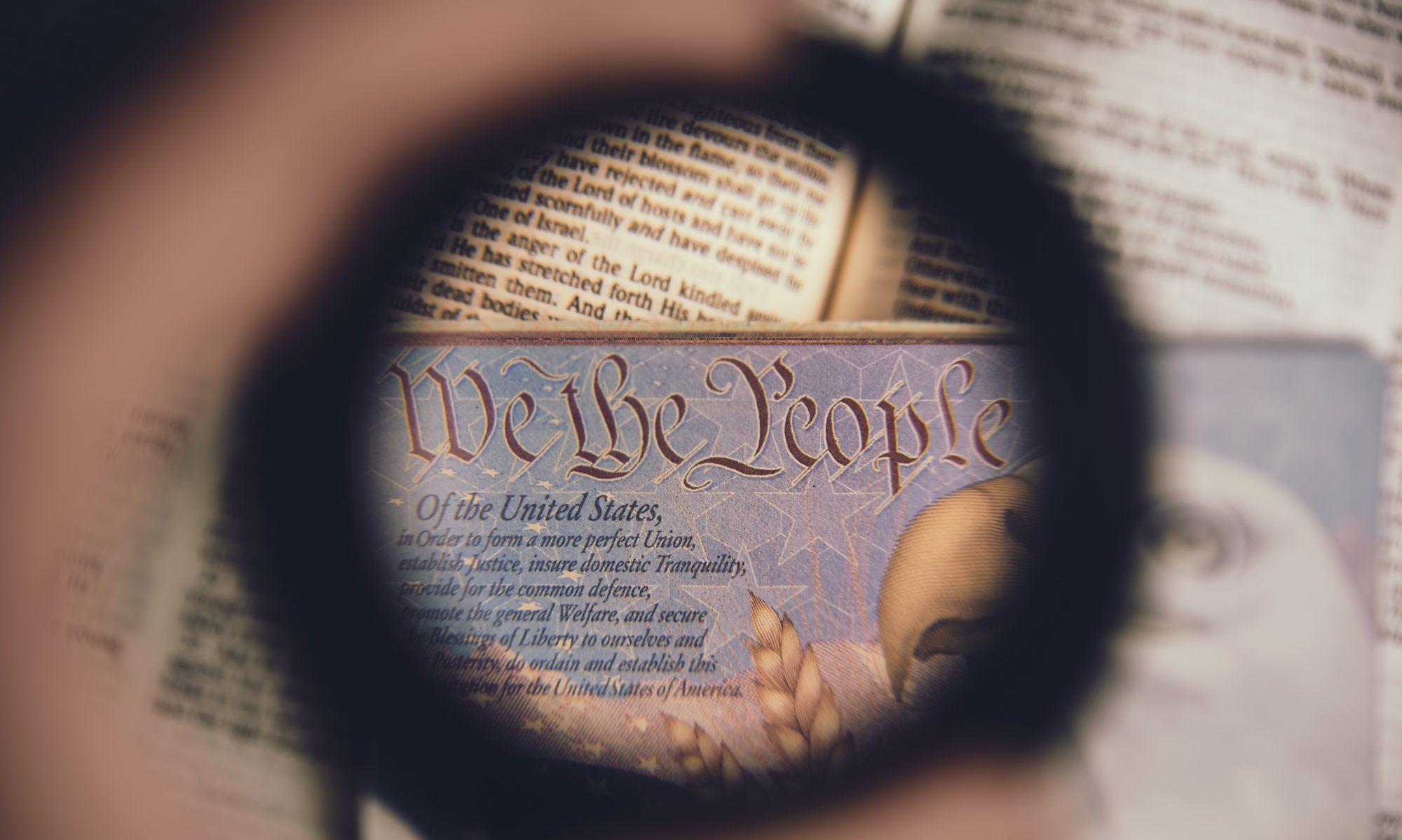February 04, 2021
BALTIMORE, Md. — Citing the need to rein in the surveillance state, The Rutherford Institute is calling on the Maryland General Assembly to broadly forbid the police from carrying out persistent, citywide aerial surveillance on the citizenry except in specific, constitutionally prescribed circumstances. Weighing in on House Bill 159, which attempts to address aerial surveillance, Institute attorneys point out that, as currently drafted, the legislation falls short by leaving government entities free to conduct citywide aerial surveillance so long as it is not part of a criminal investigation. Law enforcement agencies already possess an invasive arsenal of integrated surveillance tools, including license plate readers, high-definition cameras, and facial recognition software, which they employ ad hoc to invade the citizenry’s privacy and erode their fundamental right to be free from unreasonable searches and seizures by the government.
“Persistent aerial surveillance of the kind employed by the City of Baltimore, allowing the government to track and monitor the activities of citizens over weeks and even months, is exactly the kind of intrusion into privacy the framers of the Constitution sought to prohibit,” said constitutional attorney John W. Whitehead, president of The Rutherford Institute and author of Battlefield America: The War on the American People. “This kind of dragnet surveillance is the very antithesis of the Fourth Amendment’s right to privacy from government intrusion.”
House Bill 159 arose in response to the City of Baltimore’s implementation of an aerial surveillance program in 2016 and in 2020. The original program became operational without the knowledge of the public or the City’s Mayor. Although the initial program was halted when its existence was made public, the Baltimore Police Department (BPD) entered into a contract with a private corporation, Persistent Surveillance Systems, to redeploy aerial surveillance of the City for six months beginning in April 2020. The Aerial Investigative Research program (AIR) involved the deployment of three planes over the City during daytime hours. The planes were equipped with cameras that covered 90% of the city and reduced each individual on the ground to a pixelated dot. Analysts “tagged” the dots photographed around a particular crime scene and tracked those dots’ movements before and after the reported crime. BPD thereby obtained reports that included the location and timing of the crime, the observable actions at the crime scene, the tracks of people and vehicles to and from the crime scene, and the locations the individuals at the crime scene visited before and after the crime. However, the information BPD obtained using AIR was not limited to the identification of dots at or near a crime scene. AIR information was combined with other considerable surveillance tools already in place, such as on-the-ground surveillance cameras and license-plate readers, allowing law enforcement to specifically identify witnesses and suspects. Within seventy-two hours, analysts can give the police a more detailed report about those present at the crime scene including identifying information about individuals and tracking their movements. Indeed, a surveillance system such as AIR has the capability of maintain vast amounts of information about the movements and activities of individuals throughout a city and, when combined with the vast array of ground-based cameras and license plate readers, of identifying and tracking the movements of those individuals. Although the constitutionality of Baltimore’s AIR program was upheld in a 2-1 decision of a panel of the Fourth Circuit Court of Appeals, that decision is being reconsidered by all the judges of the court.
The Rutherford Institute, a nonprofit civil liberties organization, provides legal assistance at no charge to individuals whose constitutional rights have been threatened or violated and educates the public on a wide spectrum of issues affecting their freedoms.

